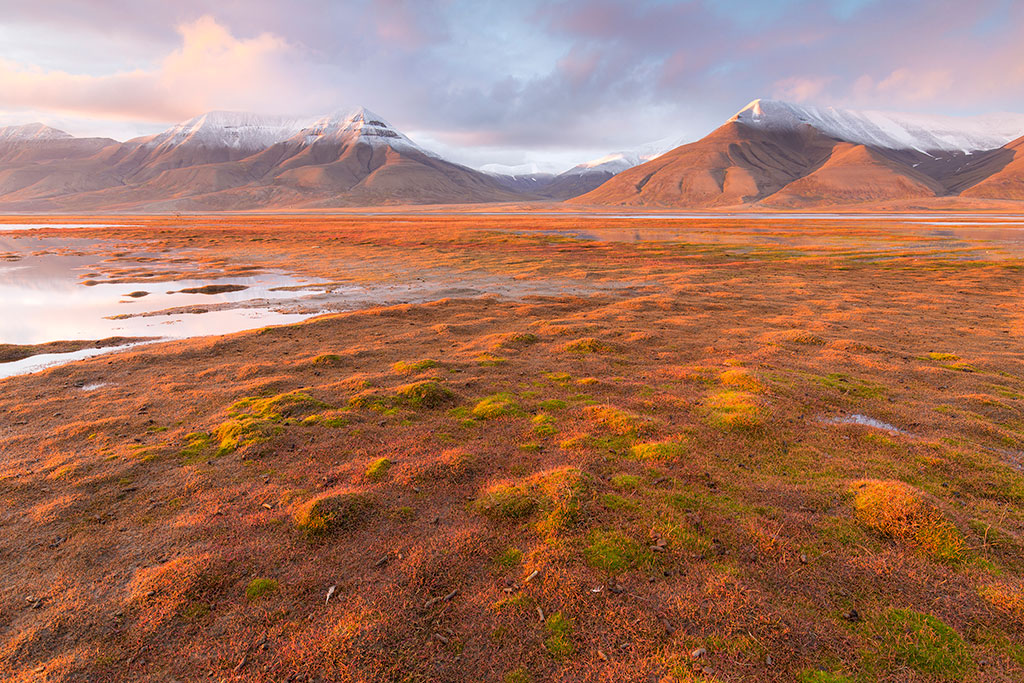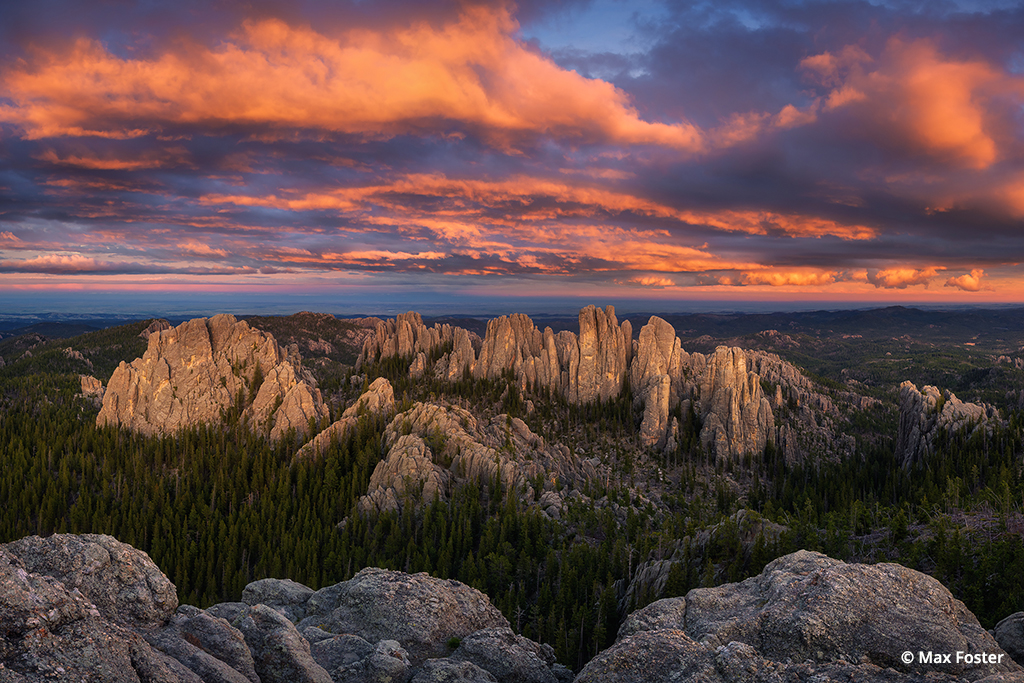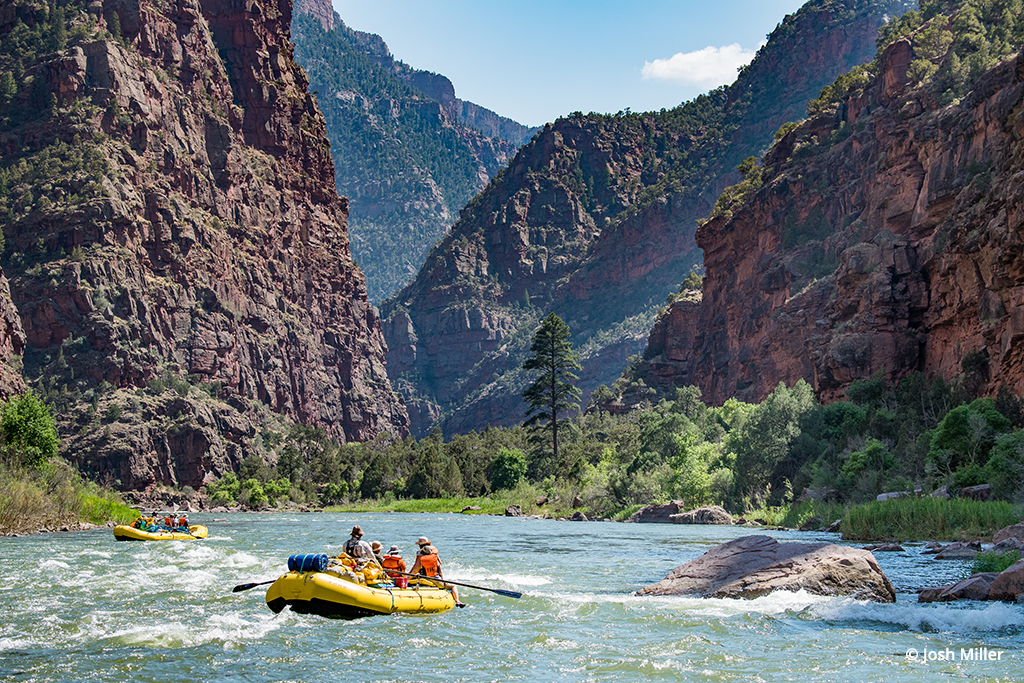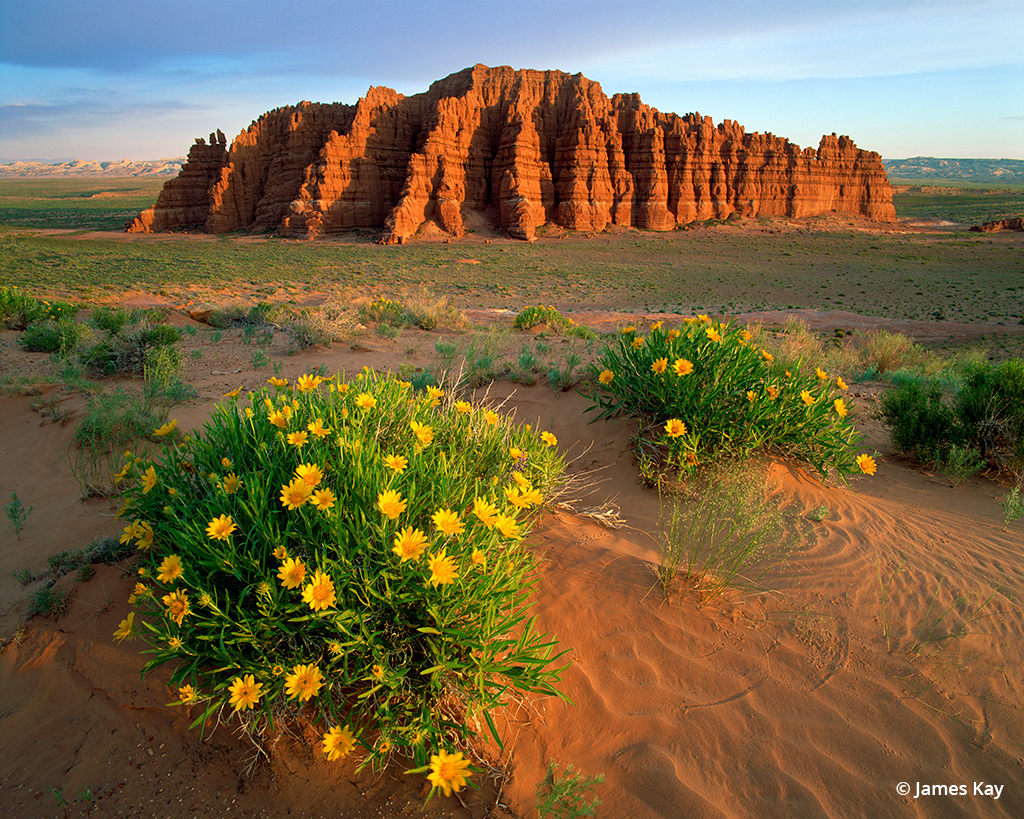Advertisement
Advertisement
Read Next

Why You Should Visit Svalbard In Norway For Photography
Svalbard in Norway features untouched...
The Needles
The Black Hills of South Dakota cover...
Dinosaur Adventure!
After feeling trapped at home for the...
Wildlands Of Utah
Look outside Utah's national parks to...Advertisement


Bearing Witness
Forest clearing in Analabe, Madagascar.
With steadfast focus on the natural world since the early days of his career, Frans Lanting photographs the environment in a way that few others can. In a single image, he not only defines a situation, but also brings life to some of the most endangered species and remote places on the planet.
Using photography to spread awareness of threatened areas in urgent need of preservation is something that Lanting has been at for decades. As conservation photography continues to emerge as a recognized and influential field, his images continue to function as a powerful advocate for nature in ways that are deeply valuable.
A brush fire raging across the swamps of Botswana’s Okavango Delta, cattle grazing in a cleared Brazil rain forest, stacked tree logs just cut from an old-growth forest in Borneo, women collecting ground water from a well in the Kalahari Desert, the reintroduction to Mongolia of the last remaining wild horse in the world—in just this small sampling of images, Lanting demonstrates an approach that’s as unique and varied as the places and issues he chooses to document. It’s no secret that within the scientific and photographic communities the importance of this kind of photography is increasing as a powerful tool for educating and inspiring the public to conserve nature. The most effective way of going about doing it is definitely a matter of opinion, but for Lanting, instead of just capturing the impact of habitat loss, illegal logging or species extinction, he looks at the relationship between nature and the human activities responsible for creating these issues from a broader perspective.
Comparisons between a normal peregrine falcon egg on the left and a DDT-poisoned egg on the right in California. Historically, the use of DDT as a pesticide resulted in a rapid decline in the falcon population.
“You have to understand what’s going on before you can make an effective photo that explains the situation in a way that it can play a role in contributing to solutions,” Lanting explains. “That requires thinking like a journalist, and that isn’t an approach that always comes naturally to some nature photographers because historically many have focused on photographing what’s inside the fence that separates wildlands from the places where people live, rather than issues and threats.”
The effects of his photographic approach are as impressive as the pictures themselves. His work in the 1980s on the landscape and people of Madagascar helped stimulate awareness of the country’s rich and diverse wildlife. This resulted in a growth in foreign aid that allowed the government to devote more resources to conservation. The series of photographs made in the Okavango Delta in Botswana in the early 1990s brought worldwide attention to a place that wasn’t well known beforehand and helped foster a constituency of people dedicated to protecting it.
Firefighters battle flames in Big Sur, California. This fire burned so much forest area that animals were forced out of their habitat and onto the roads. Residents reportedly saw bears, deer and other animals migrate toward the Pacific Ocean.
It’s one measure of commitment to take a picture of an old-growth forest or a glacier and move on to the next topic or location. It’s quite another to devote long stretches of time and significant resources to becoming fully immersed in all of the intricacies, concerns and realities of why that forest loses trees every year or why that glacier recedes so dramatically. Communicating those stories in images is the crux of what a conservation or environmental photographer does because while the scientific community teaches the need for conservation, it often falls short in telling the public why. The images, though, have to be effective, especially in the modern world where the links between society and nature are often overlooked.
“You have to put the same effort into it that you do into creating images that show beauty and wonder,” says Lanting. “Otherwise it leads to cliché photos and that doesn’t help the situation at all. So I like to explain in more detail what’s going on and that means really studying the situation, talking with people and giving it time. In the same way that there are no easy photos anymore in landscape photography or wildlife photography, I think the creative boundaries in environmental photography need to get pushed outward. It’s not enough to show a clear cut anymore. We all know what a clear cut looks like. Showing the people responsible for creating the clear cut, now that’s another matter.”
A logging camp along the Segama River in Sabah, Borneo.
There are many different ways to frame an issue, and for Lanting that can sometimes mean taking a more conceptual approach. While in Costa Rica, he met up with two veteran photographers, Michael and Patricia Fogden, who were the last to photograph the golden toad. Once abundant in a small region of cloud forests, the golden toad hasn’t been seen anywhere since 1989 and is now classified as extinct. Yet, people still sell postcards of the toad, as it has become an iconic species symbolizing the Costa Rica rain forest. To illustrate the consequences of extinction, Lanting bought a bunch of the postcards and shredded them to visualize the loss. He then arranged the cards in the foreground of his image with the Fogdens posing in the background. Extinction is one of the more challenging issues to photograph because the subject is gone, so in finding a photographic solution that was more conceptual than literal, Lanting was still able to make a powerful visual statement.
Driven by a sense of urgency, conservation photography has surged in the last decade. Lanting calls it a niche that’s just now growing up and coming into its own. The formation of the International League of Conservation Photographers, of which Lanting is a fellow, is a good indication of just how serious the field is becoming. The accelerated erosion of biological diversity because of natural habitat loss, pollution, overconsumption and especially climate change plays a major role in explaining why. And, at this point, there are more issues to photograph than there are photographers, making the images that are getting taken an even more essential part of the broader conservation movement. In Lanting’s words, it’s not sufficient anymore to celebrate the natural wonders of the world without incorporating the realities they face.
“You need to be smart about this,” says Lanting. “It’s not sufficient to translate your own emotional reaction to seeing something that you don’t like to see, taking a picture of it and moving on. That’s not enough anymore. On a global level, it’s very difficult to make these kinds of photographic statements. Ultimately, every environmental issue becomes a local one.”
People walk through a dust storm during a drought in southern Madagascar.
Lanting points to the work of James Balog and Michael “Nick” Nichols as significant examples. With Balog, what makes his contribution important is its specific nature. Balog heads up the Extreme Ice Survey, in which time-lapse cameras are used to document the rapid reduction in ice taking place on glaciers in Greenland, Iceland, British Columbia, Alaska and other locations. Many photographers, including Lanting, point to Nichols’ hard-won images of Central Africa’s forests and wildlife taken during the late 1990s as a key factor that helped establish national parks in the nation of Gabon.
There’s no doubt that photography has the power to shape perceptions, but in today’s digital world, society is inundated with visual messages vying for attention. So if creating images to advance learning, thinking and decision-making on how to sustain development without causing more damage to the environment is to move forward, it will have to compete in a world that’s growing noisier and more distracted. When asked how he sees conservation photography evolving, Lanting says he’s encouraged by the heightened concern among photographers willing to embrace the responsibility of tackling these issues with their cameras.
“I think that the boundaries between nature and environment will become even more diffuse,” he says, “and that we’re going to consider them not as opposing entities because we’re going to start looking at nature as the fabric of life. That it’s really a life-support system for people all over the planet. We live in a world that’s globalizing very rapidly and in the same way we’re going to have to start looking at nature in a more global fashion. At the same time, I think that the concept of sustainability is going to become a lot more important. We need to take from nature otherwise we can’t survive. But we also have to give back to nature otherwise nature won’t survive. So it’s a give and take, and a balance needs to be struck. It’s up to us as photographers to give voice to the natural world.”
Frans Lanting is a preeminent nature photographer, Outdoor Photographer columnist and frequent contributor to National Geographic magazine. You can see more of Lanting’s work at his website, www.franslanting.com.